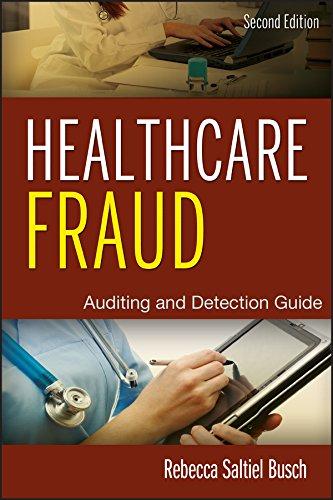
Raintree Cosmetic Company sells its products to customers on a credit basis. An adjusting entry for bad debt expense is recorded only at December 31, the company's fiscal year-end. The 2023 balance sheet disclosed the following: Current assets: Receivables, net of allowance for uncollectible accounts of : 5517,000 During 2024 , credit sales were $1,835,000, cash collections from customers $1,915,000, and $56,000 in accounts receivable were written off. In addition, $4,700 was collected from a customer whose account was written off in 2023 . An aging of accounts receivable at December 31, 2024, reveals the following: Required: 1. Prepare summary journal entries to account for the 2024 write-offs and the collection of the receivable previously written off. 2. Prepare the year-end adjusting entry for bad debts according to each of the following situations: a. Bad debt expense is estimated to be 3% of credit sales for the year. b. Bad debt expense is estimated by adjusting the allowance for uncollectible accounts to the balance that reduces the carrying value of accounts receivable to the amount of cash expected to be collected. The allowance for uncollectible accounts is estimated to be 10% of the year-end balance in accounts receivable. c. Bad debt expense is estimated by adjusting the allowance for uncollectible accounts to the balance that reduces the carrying value of accounts receivable to the amount of cash expected to be collected. The allowance for uncollectible accounts is determined by an aging of accounts receivable. 3. For situations (a)-(c) in requirement 2 above, what would be the net amount of accounts receivable reported in the 2024 balance sheet? Complete this question by entering your answers in the tabs below. Prepare the year-end adjusting entry for bad debts according to each of the following situations: a. Bad debt expense is estimated to be 3% of credit sales for the year. b. Bad debt expense is estimated by adjusting the allowance for uncollectible accounts to the balance that reduces the carrying value of accounts recelvable to the amount of cash expected to be collected. The allowance for uncollectible accounts is estimated to be 10% of the year-end balance in accounts receivable. c. Bad debt expense is estimated by adjusting the allowance for uncollectible accounts to the balance that reduces the carrying value of accounts recelvable to the amount of cash expected to be collected. The allowance for uncollectible accounts is determined by an aging of accounts receivable. Note: If no entry is required for a transaction/event, select "No journal entry required" in the first account field. Journal entry worksheet Bad debt expense is estimated by adjusting the allowance for uncollectible accounts to the balance that reduces the carrying value of accounts recelvable to the amount of cash expected to be collected. The allowance for uncollectible accounts is estimated to be 10% of the year-end balance in accounts Note: Enter debits before credits







